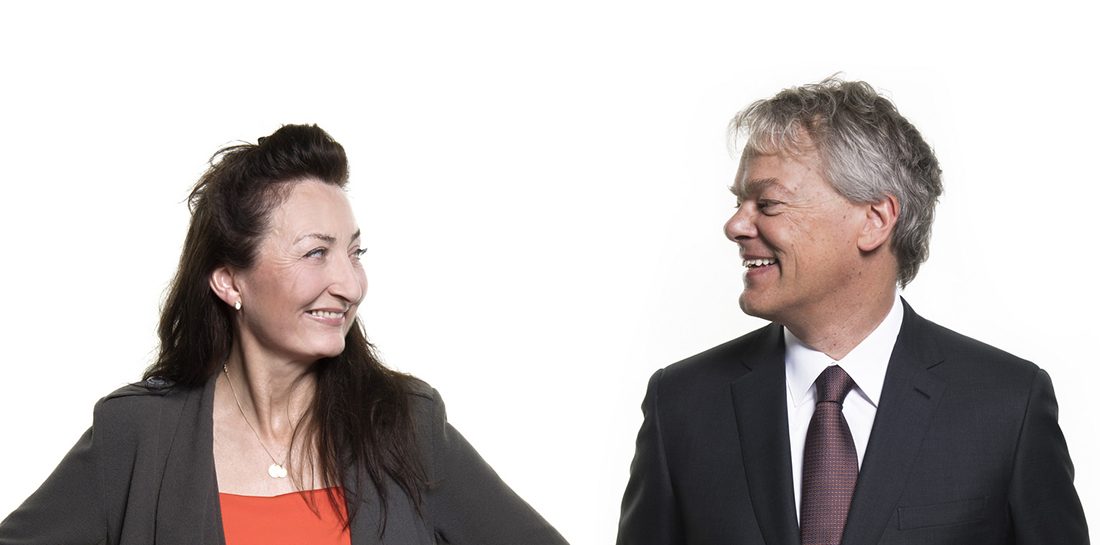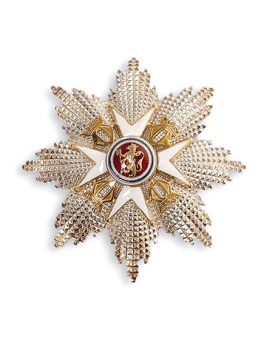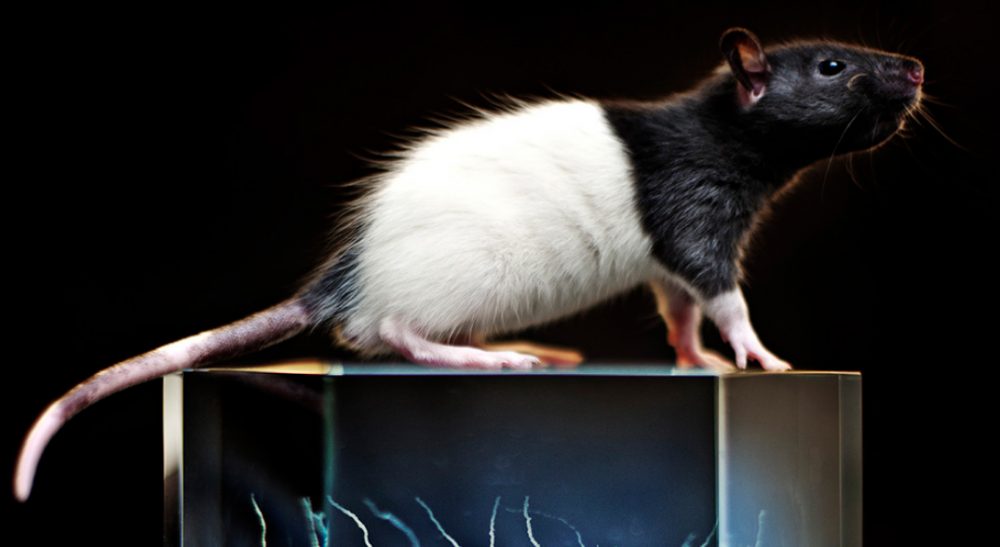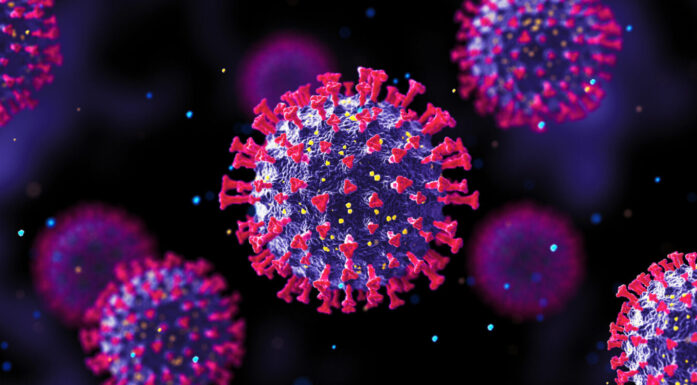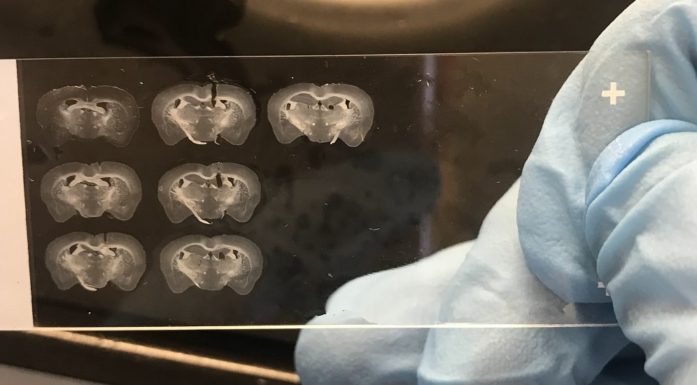Moser professors awarded Order of St. Olav
May-Britt Moser and Edvard I. Moser have been awarded Norway’s Grand Cross of the Order of St. Olav.
King Harald V has conferred the Grand Cross of the Order of St. Olav on the Moser professors for their outstanding efforts in neuroscience research.
The two Norwegian researchers have been recognized with a range of international research prizes and awards for their groundbreaking work on the brain.
Their discovery of a key component on the brain’s navigation system, called grid cells, was recognized in 2014 with the award of the Nobel Prize in Physiology or Medicine with their colleague John O’Keefe.
The Order of St. Olav is a Norwegian order of chivalry instituted by King Oscar I on August 21, 1847. It is named after King Olav II, known to posterity as St. Olav. The award is used to reward individuals for remarkable accomplishments on behalf of the country and humanity. Since 1985, appointments to the order have only been conferred upon Norwegian citizens.
The awards will be presented at an event at Lerchendal Farm in Trondheim on 28 February 2018.
You may also like the articles below on the research being done by the Mosers and other scientists at the Kavli Institute for Systems Neuroscience in Trondheim:
Nobel laureates May-Britt and Edvard Moser have spent the last two decades building a village of neuroscientists, molecular biologists, physicists and anatomists whose different and complementary skills are key to the ultimate goal of unlocking the secrets of how the brain actually computes.
From bomb shelter beginnings to the Nobel Prize
Nearly all innovations have founder myths, like the apocryphal garage where Steve Jobs and Steve Wozniak are said to have developed the Apple Computer. But two innovative neuroscientists in Trondheim really did start their research in the university equivalent of a garage – a bomb shelter – and then went on to build a world-class laboratory and win the Nobel Prize.
A light switch in the brain illuminates neural networks
Researchers from NTNU’s Kavli Institute of Systems Neuroscience are now able to see which cells communicate with each other in the brain by flipping a neural light switch. The results of their efforts are presented in an article in the 5 April 2013 issue of Science magazine.
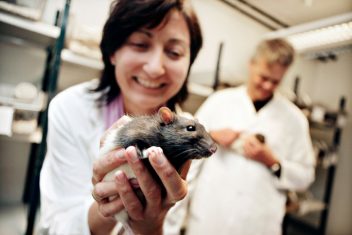
May-Britt Moser with one of the rats the researchers use to study the brain’s navigational system. Photo: Geir Mogen
Nobel lectures touch on central discoveries and tantalizing findings
Nobel Laureates and neuroscientists May-Britt and Edvard Moser described how they made their prize-winning discovery in their Nobel lectures on Sunday 7 December. They also gave the audience a tantalizing glimpse into new findings, including the existence of speed cells in the brain, and how odours and memory are linked.
Nobel laureate and NTNU Professor May-Britt Moser was full of joy when she learned she had won the 2014 Nobel Prize in Physiology or Medicine with her husband, Edvard Moser, and their former mentor, John O’Keefe.
Gertrude, Tarzan and the rest of the Nobel gang
Animal welfare is important for Nobel laureates May-Britt and Edvard Moser. Not just because that is how it should be, but also because the researchers get the best results that way.
Your brain has at least four different senses of location – and perhaps as many as 10. And each is different, according to new research from NTNU’s Kavli Institute for Systems Neuroscience.
Kavli researchers find speed cells in the brain
A “Flintstones car” helps neuroscientists discover speed cells in the brain, a critical part of the brain’s navigation system.
A new twist in understanding the brain’s maps
The brain’s GPS would be worthless if it simply contained maps of our surroundings that were not aligned to the real world. But they are matched to the real world, and now we know how this works.
Brain signals contain the code for your next move
Researchers with the Kavli Institute for Systems Neuroscience have found a pathway in the brain that it uses to plan to get you from one place to another.
Peering into fish brains to see how they work
Transparent fish and an ability to work in the dark are key to the research of the newest group at the Kavli Institute for Systems Neuroscience.
Mosers, Kavli Institute given multimillion dollar gran to establish new centre of excellence
The British-born Pauline Braathen has given US $5 million to establish a new centre at the Kavli Institute for Systems Neuroscience at NTNU. The Kavli Foundation has matched this donation with NOK 50 million so that the new centre will receive a NOK 100 million grant.
